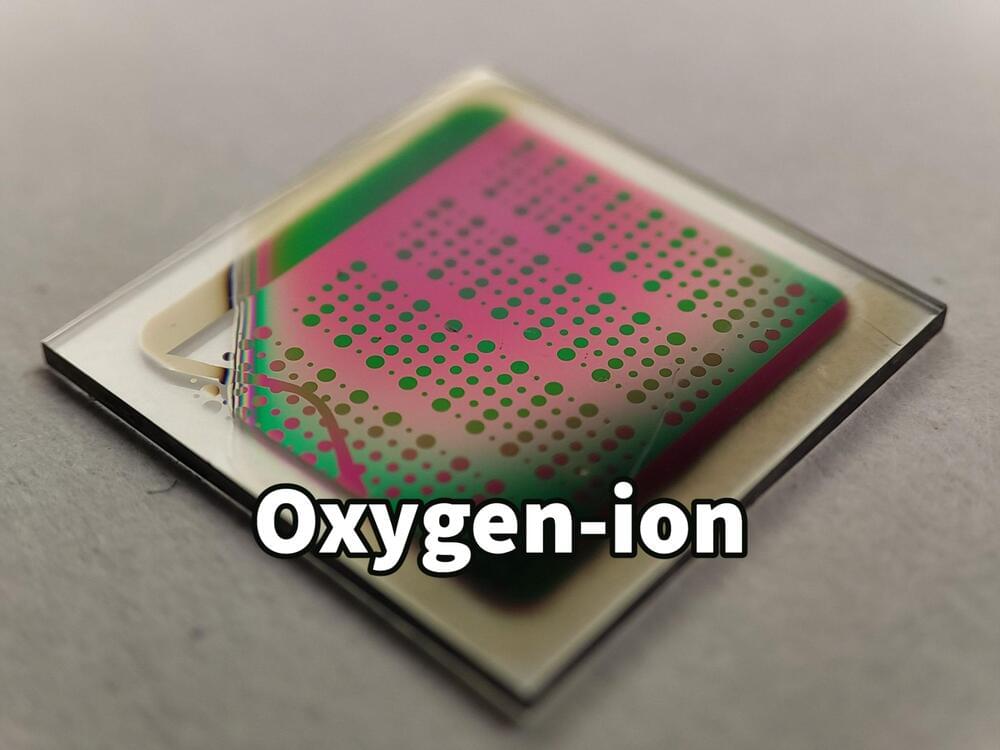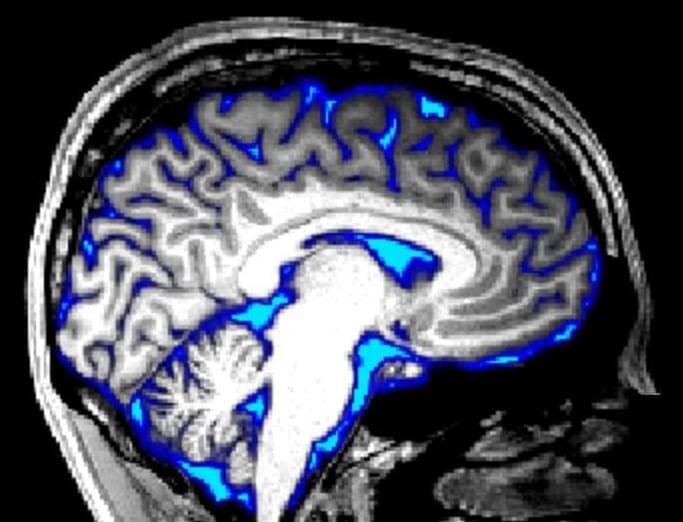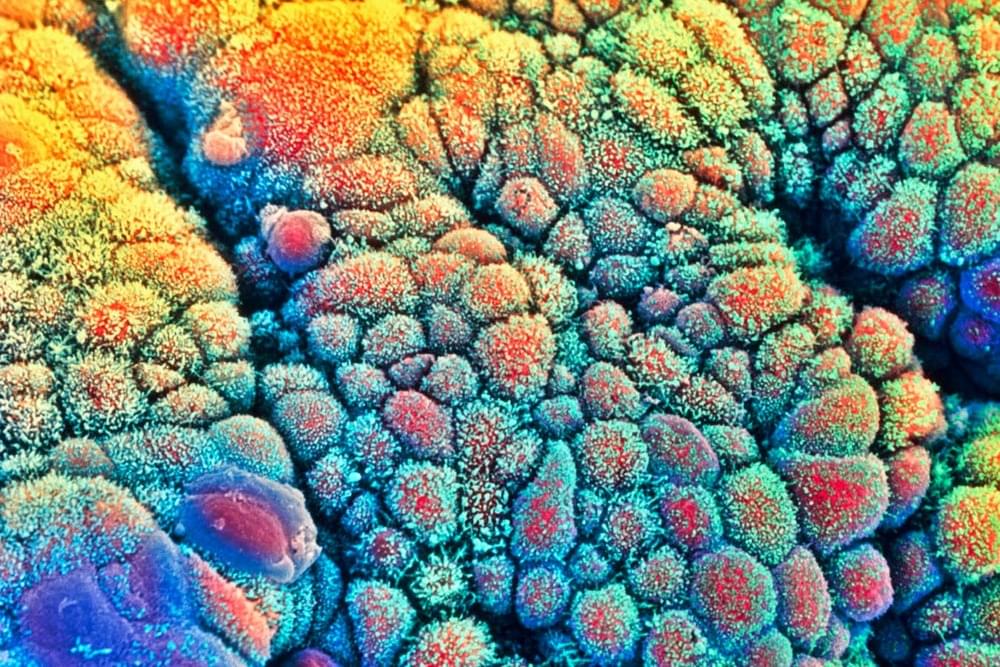It can take off vertically with a lead-up (defined as the length of runway needed for take-off) of less than 300 feet, hover in austere environments, and fly forward at more than 450 miles per hour. And, by the way, it’s probably a fixed-wing plane.
That, at least, is the idea behind DARPA’s SPRINT X-plane, a project in the beginning stages of development for use by the U.S. Special Operations Command (SOCOM). The Defense Advanced Research Projects Agency recently called for proposals for a plane with a mind-bending set of capabilities. According to the March solicitation, DARPA wants a scaled demonstrator ready to fly within the next three-and-a-half years.
SPRINT, naturally, stands for “SPeed and Runway INdependent Technologies.”








